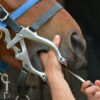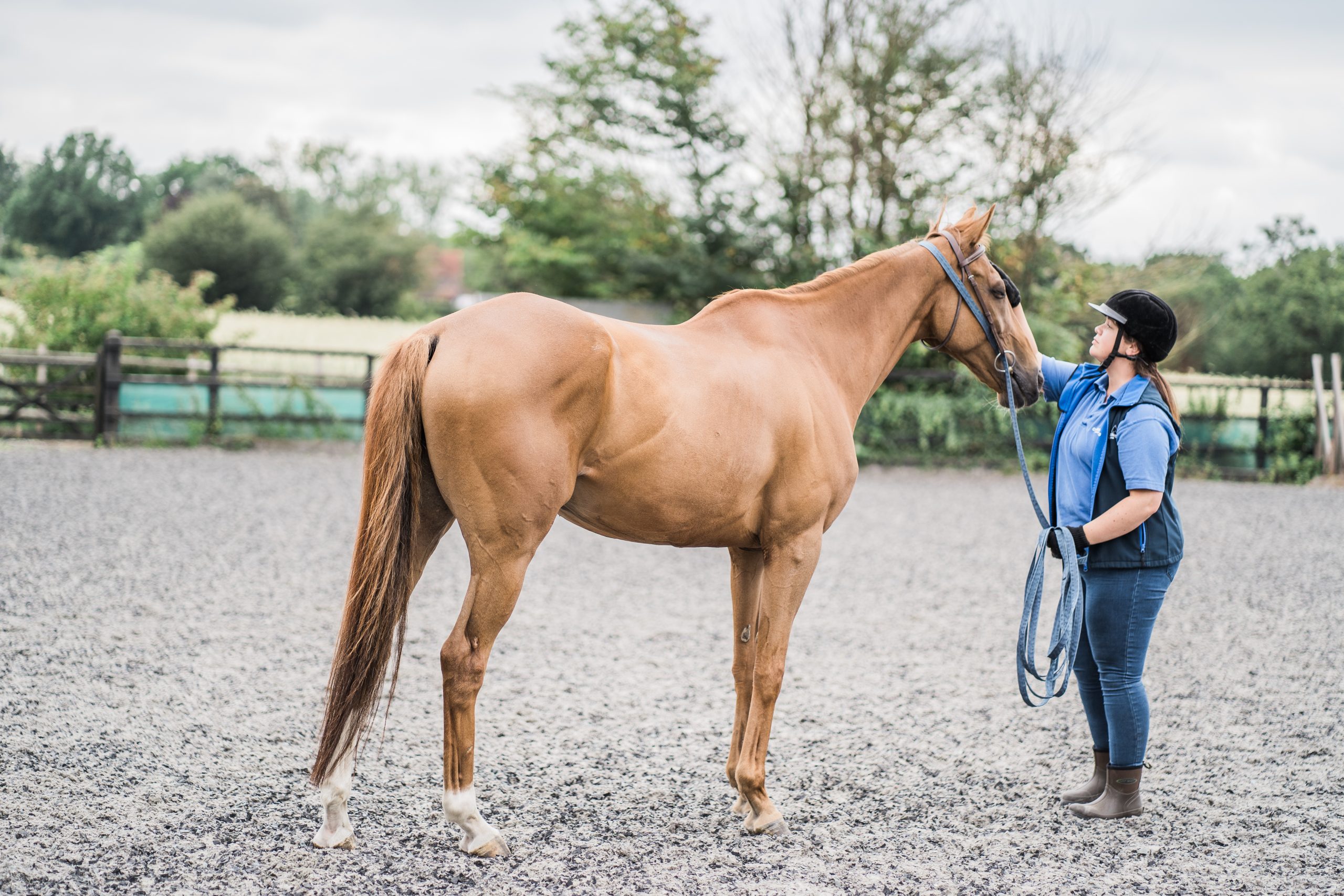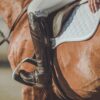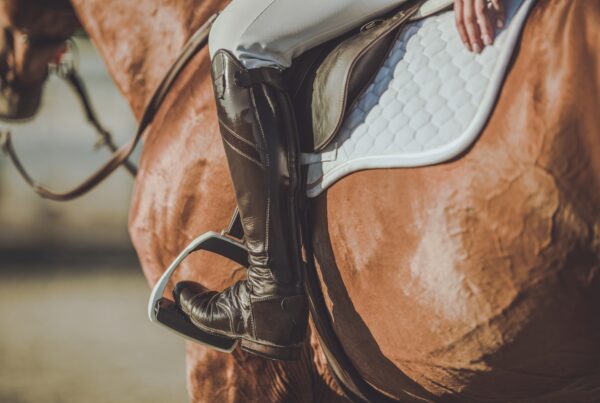Owning a horse is undoubtedly exciting, but there are a ton of things you should know about your four-legged friend. You have to learn about riding, training, and taking proper care of your horse. Thus, Clarendon Equine has brought you this guide on Everything You need to know about horses.
You must not focus on expenses and bills when it comes to taking care of your horse. Give them all the care and attention you can because they obviously deserve better than what the world offers them. Horse care is probably the most important responsibility of a horse owner and should not be ignored in any way.
Horses belong to the mammalian class and are domesticated animals. Most people get nervous and worried when they welcome a horse for the first time to their care. This nervousness mainly occurs as not many people are aware of how to look after a horse properly.
Looking after an equine is a unique and new learning experience for many people. Taking care of a horse is very different from taking care of common pets, such as cats or dogs. The horse owner must be aware of these basic horse facts and understand the needs and behaviour of the horse.
Everything You Need To Know About Horses Basic Needs
There are numerous basic needs that are essential to make sure that the equine is healthy and prosperous. These are:
- An excellent pasture without any significant hazards or dangers. For instance, holes, loose wires, etc.
- Appropriate fencing to make sure that the horse does not leave the designated property
- Enough grass or hay for the horse to graze
- Proper shelter from natural hazards such as storms, earthquakes, etc.
- Love, care, and adequate attention
- Good equine veterinary services
These are the six basic horse facts that are necessary to make sure that a horse is healthy, happy, and thriving.
How to choose the right horse breed?
If you are purchasing a horse for the first time, then you must choose a breed that suits your personality. It is difficult to know everything you need to know about horses before buying one.
There are so many horse breeds available in the world, and each breed has its own unique personality and attributes. A quarter horse may be the right breed for you if you enjoy barrel racing or trail riding.
A thoroughbred may be a more appropriate choice if you are interested in participating in dressage or show-jumping competitions. There is an ideal breed for you, depending on your personality and the type of events you want to join in. You just have to find the right horse for you.
There are few necessary questions that you must ask before purchasing a horse. These are:
- What is the size of the horse?
- How old is the horse?
- What is the temperament of the equine?
- Does the horse have any medical problems or not?
- Are there any conformation problems?
When you start looking for the right horse for you, you will find them in all shapes and sizes. Taking care of a horse is a great responsibility and consumes a significant amount of time. Take your time to research, ask for expert suggestions, and learn how to look after a horse before buying one.
If you gain pertinent information about the breed before purchasing, then you will be able to save trouble. The most popular horse breeds for beginners are:
- American Paint Horse
- Connemara Pony
- Quarter Horse
- Welsh Cob
- Morgan Horse
Basic Equipment Needed to Take Care of a Horse
It is essential to have all the necessary equipment to look after a horse. Here is a list of the equipment required to take proper care of your new four-legged friend.
- Equine Feeding Equipment: feed tub, water heater, and water trough
- Equine Emergency Service Equipment: first aid kits, stethoscopes, etc.
- Barn and Pasture Maintenance Equipment: wheelbarrow, pitchfork, etc.
- Horse Riding Equipment: boots, helmet, bridle, safety stirrups, saddle with girth/cinch, and blanket or pad for under saddle.
- Horse Grooming Equipment: body brush, hoof picks, combs, halter leather, repellent, and lead ropes.
Tips for Feeding a Horse
Many people think that there is no need to care about proper horse feeding since horses are generally healthy animals. In everything you need to know about horses you need to learn how to look after a horse properly in every aspect.
Proper care and attention are required if you want your horse to live the longest and healthiest life possible.
Horses that are properly fed usually live a much healthier life than horses that do not receive proper food. So without any delay, let us look at a few tips for properly feeding a horse.
- Every day, horses require about 2 percent of their body weight in hay or any other feed. Hay is an important part of an equine diet and helps to keep their digestive system running smoothly throughout the day.
- Make sure that the hay you are feeding your horse is fresh. Some horses do not eat mouldy hay, and it can make the horses sick.
- If you have a working or exercising horse, feed them a mixture of grains, supplements, and fresh hay. Grain is fed for extra energy, and fresh hay keeps them well-fed and nourished while working.
- Do not overfeed your horse in any situation. Overfeeding your horse can result in serious equine diseases such as colic or laminitis and can be fatal as well.
- Do not make sudden or unexpected changes to the diet of the horse. The digestive system of a horse is pretty sensitive, and sudden changes in the diet can prove to be fatal.
- Make sure that you feed the horse on a schedule. Untimely feeding can create problems in the digestive system and lead to severe illness.
- Pay proper attention to the feed bucket of the horse and occasionally watch the horses eat. If the horses are dropping feed, then it is a sign of teeth or other health problems.
- Horses generally drink about ten gallons of water in a day. Make sure that the horses always have fresh water available near them. Horses can live a good while without food, but they will die in two days without water.
Basics of Grooming a Horse
Learning how to groom your horse is an essential and exciting trial but is not always easy. Horse grooming is one of the activities that helps the owner to build a loving relationship with the horse. It also gives the owner time and the opportunity to check whether there are any injuries or irregularities.
Make sure that you have the appropriate horse grooming supplies mentioned earlier in the guide. Ensure that your horse is in a comfortable position so that it cannot run off while you groom your horse. The position in which you get your horse into depends on how comfortable you are with your horse.
In order to groom your horse properly, follow these steps:
- Clean the hooves of your horse
- Comb out the tangles of your horse
- Use the body brush to get rid of any dirt from the body
- Carefully and properly clean the ears, eyes, muzzle, and dock area
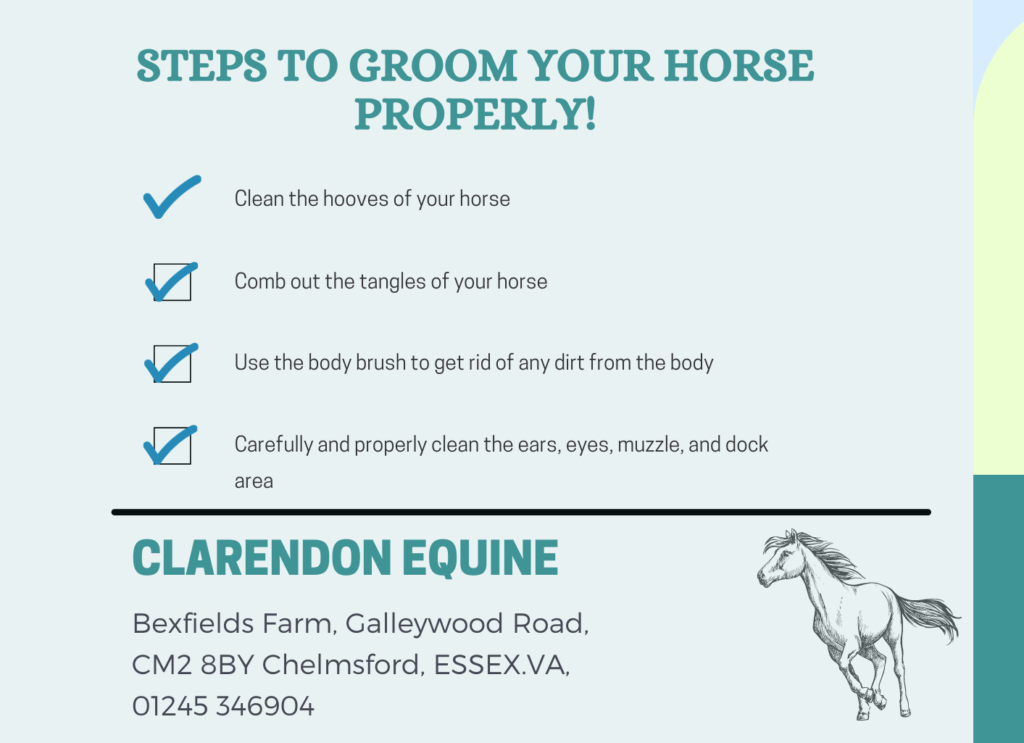
Horse Health Information
Horses need to maintain a proper diet in order to maintain their health, weight, and physique. While learning how to look after a horse, we must know about the health risks that your equine may encounter. Therefore, here is a list of some of the most common health risks or threats an equine may encounter.
Ulcer
Ulcer in horses is very similar to that of humans. Open and painful sores invade the stomach lining of the horse and affect its behaviour, appetite, appearance, and riding experience.
Keep your horse well-fed and do not expose them to psychological stress in order to prevent gastric ulcers. You can also add probiotics for horses in their diet to improve the health of their gut.
Arthritis:
Arthritis, commonly known as a degenerative joint disease in animals, usually impacts the joint tissues and cartilage of the horse. The main reason behind arthritis is wear and tear. Maintain the weight of the horse and allow it to warm up and cool down before activities to prevent arthritis.
Desmitis:
Desmitis is another mobility condition in horses that impacts the ligaments of the equine. One of the most noticeable symptoms of Desmitis is lameness. Pay proper attention to your horse as Desmitis can creep up until the situation gets out of hand.
Why should you be prepared for emergencies?
Learning what equipment you need for equine emergencies is a vital part of everything you need to know about horses. Make sure that you always have the necessary emergency care equipment like a stethoscope, vet wraps, etc.
Learning how to check the normal functioning health characteristics of your horse is vital. The primary method of doing this is to check the pulse, respiration rate, and body temperature of your horse.
All of these characteristics can be checked easily by using a stethoscope or a heart rate monitor. You can also get an estimation of the pulse and respiration rate easily. Put your fingers on the large blood vessel under the horse’s cheekbones to estimate the pulse and respiration rate.
The values of pulse and respiration rate are usually higher in young horses and ponies. Thus, it is essential to check the values over a longer period of time to get an accurate idea. Contact the equine veterinary services or take your horse to the nearest vet if you notice any irregularities.
The accepted normal values for a pulse, respiration rate, and body temperature are as follows:
- 28 to 45 per minute is the normal pulse rate
- 8 to 20 breaths per minute is the normal respiration rate
- 98.5 degrees Fahrenheit to 101 degrees Fahrenheit, or 36.9 degrees Celsius to 38.3 degrees Celsius is the normal body temperature
However, these values can vary depending on the age and the breed of the horse. Although it is not necessary for you to check these values, it is very encouraging. Checking these values can tell you whether your horse is ill and is in need of urgent medical attention.
Why Routine Vet Checkups are Important?
The best way of ensuring that your horse is healthy is by getting it checked regularly by equine veterinary services. Search for a good equine vet near you by asking for recommendations from friends and family who own horses. You can also ask for equine vet recommendations from the local feed store or animal shelter.
Check out the recommended vets, ask questions about their equine veterinary services and facilities. However, do not rush into choosing an equine vet. Take your time, visit the equine vets near you, compare the services and other facilities.
Ask questions about the services they offer, the regular check-up hours, payment plans, emergency veterinary services, and veterinary experiences. Make sure that you are comfortable with the vet and see whether your horse is comfortable with the vet. Pay proper attention to the interaction between the equine and the vet and take a tour of the veterinary facility.
Horses and every other animal in the world need proper care and attention. Animal care is expensive, but one does not choose a vet simply based on expenses. Check the experience, ease, and interaction with the vet with your pet first before making a decision.
Conclusion:
Owning a horse is undoubtedly a lot of work, and it is essential to develop a chore routine. Horses require consistency when it comes to feeding, watering, and exercising. Therefore, set a time of day dedicated to doing the task of your horses.
Horses learn acts through repetitions of tasks. Thus, allowing your horse to do the same task over and over again will get the horse habituated to it. It is essential for the owner to realise between a good and bad habit before the horse gets habited.
Bad habits in horses include:
- Grazing the grass while the owner is leading them
- The horse running their shoulders or other body parts into the owner
- The horse continues to work even after the owner stops leading them
Before buying a horse, make sure that you learn how to look after a horse and have enough space. Now that we have told you everything you need to know about horses, go ahead and buy your first horse. Take proper care of your four-legged friend and shower them with all the love they deserve.



